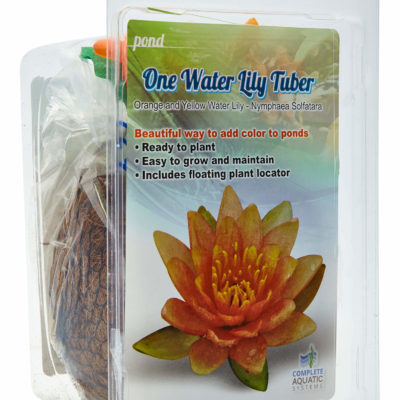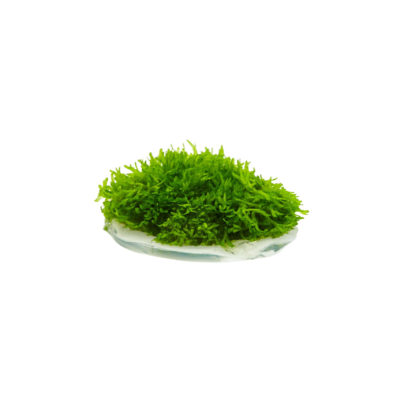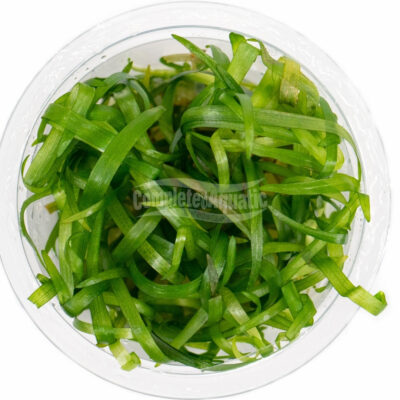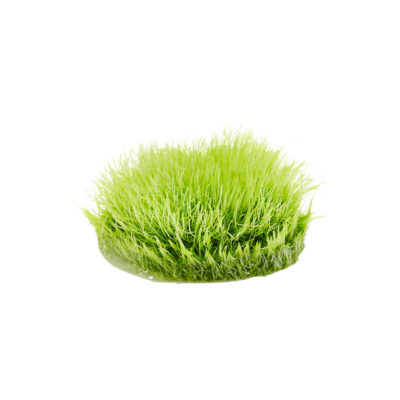Orange and Yellow water lily Nymphaea ‘Solfatara’
Available at Petco
Live water lily tuber packaged with coco fiber and net bag so you can simply place in your pond and watch it grow.
Showing 81–96 of 98 results

Available at Petco
Live water lily tuber packaged with coco fiber and net bag so you can simply place in your pond and watch it grow.



Available at Petco and PetSmart
Live plants on half tube with coco husk. Species include Anubias, Bolbitis and Microsorium pteropus


In Thailand, pоgоѕtеmоn hеlfеrі aquatic carpet plants are called ‘Downoi’ (little star), and it’s easy to see why. The curly, crinkled leaves give the plant a distinctive look, and the striking green color really makes it stand out, even in a crowded tank. Growing Pоgоѕtеmоn hеlfеrі emersed creates a gorgeous look. The plant can also be grown submerged to carpet the tank’s foreground.

Originating from the Western Indian State of Maharashtra, Pogostemon erectus plants have become popular in American and European aquariums. The plant is similar to R. verticillaris and R. Mexicana when grown submersed, but with the more vertical growth and a larger size. Pogostemon erectus emersed can be recognized by its decorative spikes of purple flowers.

Available at Petco
Live water lily tuber packaged with coco fiber and net bag so you can simply place in your pond and watch it grow.

Rotala Wallichii Red
Elegant and luxurious, Rоtаlа wallichii is a welcome addition to any tank. It has stringent prerequisites for growth and maintenance, making it best suited for experienced aquarists. Rotala wallichii red plants provide a delightful splash of color, as well as a decadent, fluffy texture.
In addition to its signature, vivid pink hue, these aquatic stem plants can turn orange or deep red in the right conditions. It also produces gorgeous flower spikes, with bright purple flowers.

riccia fluitans carpet
Also known as “crystalwort”, Rіссіа fluitans is an aquatic bladderwort that is versatile and easy to maintain. The floating plant provides excellent protection for young fish and tolerates a wide variety of environments, making it an aquarium moss plant that is perfect for diversifying flora. Riccia fluitans carpet plants offer an easy, attractive way to enhance the foreground of aquariums.

Rotala Rotundifolia Blood Red
Rоtаlа rotundifolia, also known as “dwarf rotala”, is a classic, ornamental aquarium plant. The gorgeous Rotala rotundifolia blood red hue is highly recognizable, adding a wonderful splash of color to your tank. This plant is a perennial, with dark pink stems that form low, creeping clumps. The tips of the stems have spikes that flower. When young, the plant is green. It transforms to red with age and intense lighting.
Many experienced aquarists have rotala rotundifolia red plants in their tanks at some point. The flora is fairly easy to cultivate and maintain, and it provides an attractive growth pattern and distinctive hue.

Often referred to as “Dwarf Sagittaria”, Sagittaria subulata aquarium plants are easy to care for, making them a great choice for beginner aquarists. This plant is known for its versatile, grassy texture that can be used successfully in a variety of aquascaping applications.

Hardy and easy to care for, the Stаurоgуnе repens aquarium plant is ideal for beginner and expert aquarists alike. It makes a fantastic foreground and middleground plant, thanks to the relatively large leaves that form wide, low-growing bushes that have earned the plant the name: Staurogyne repens carpet.


Utrісulаrіа Grаmіnіfоlіа Emersed
Although caring for Utrісulаrіа grаmіnіfоlіа — also known as “terrestrial bladderwort” — can be difficult, the results are worth the effort. You are treated to an attractive plant that is ideal for the foreground of an aquarium. Because this species forms bulbous, violet flowers, as well as a lush carpeting of leaves when submerged, it is a popular choice for fresh-water aquarists.

Vаllіѕnеrіа Amеrіcаnа, also known as eelgrass, tape grass, wild celery, and water celery, is very useful for keeping free-floating algae at bay. Unlike other aquatic plants that that grow leaves long enough to float on the surface, wild celery plant leaves grow in clusters from their roots. The clusters form a thick cover at the surface, which helps to control algae.